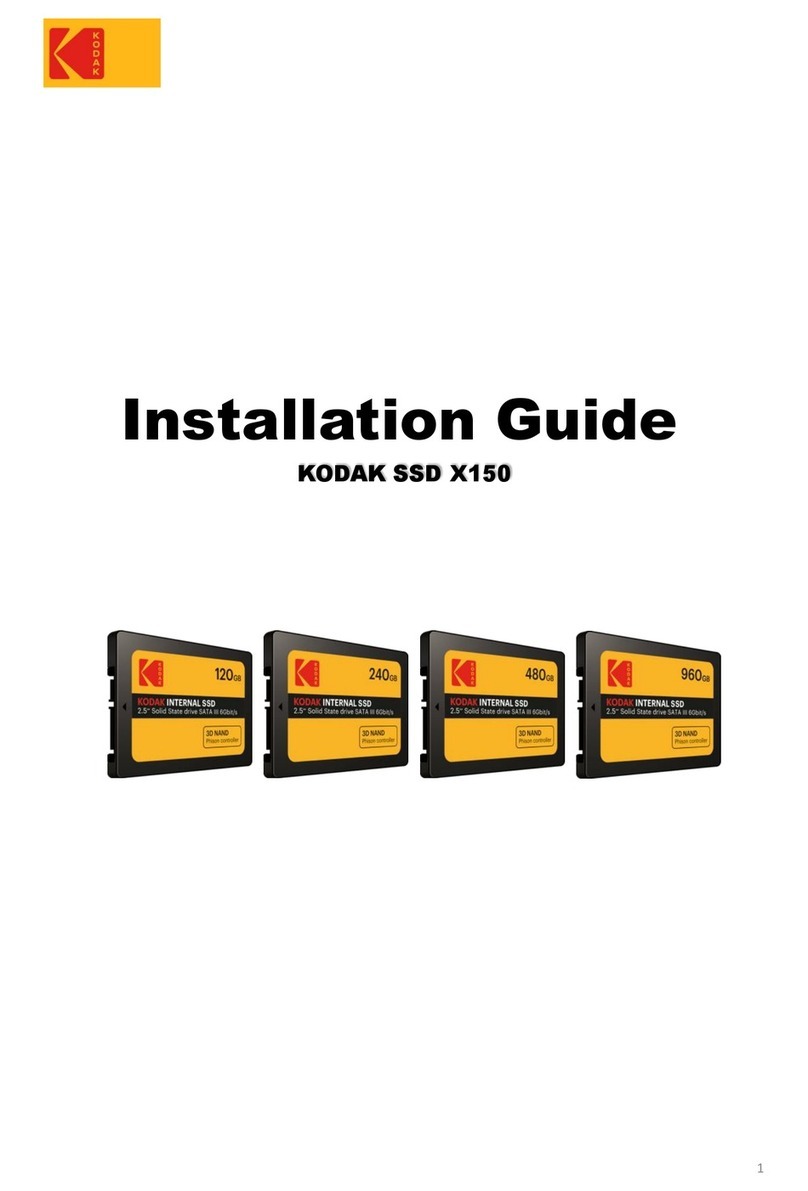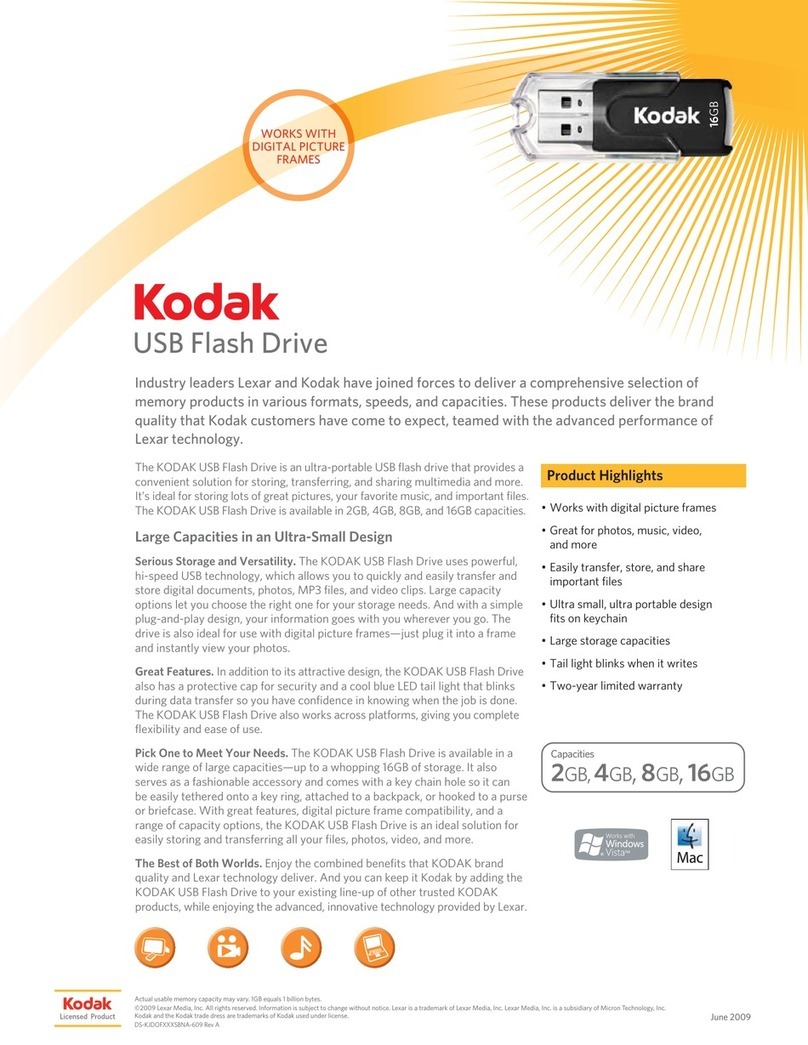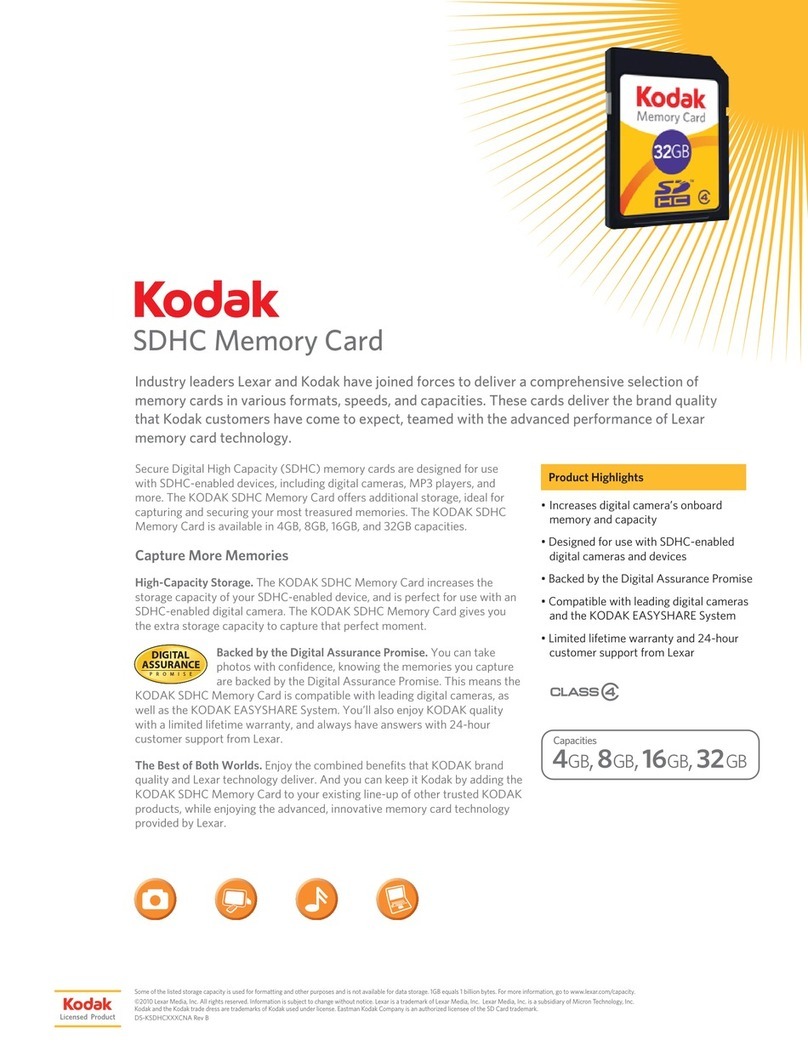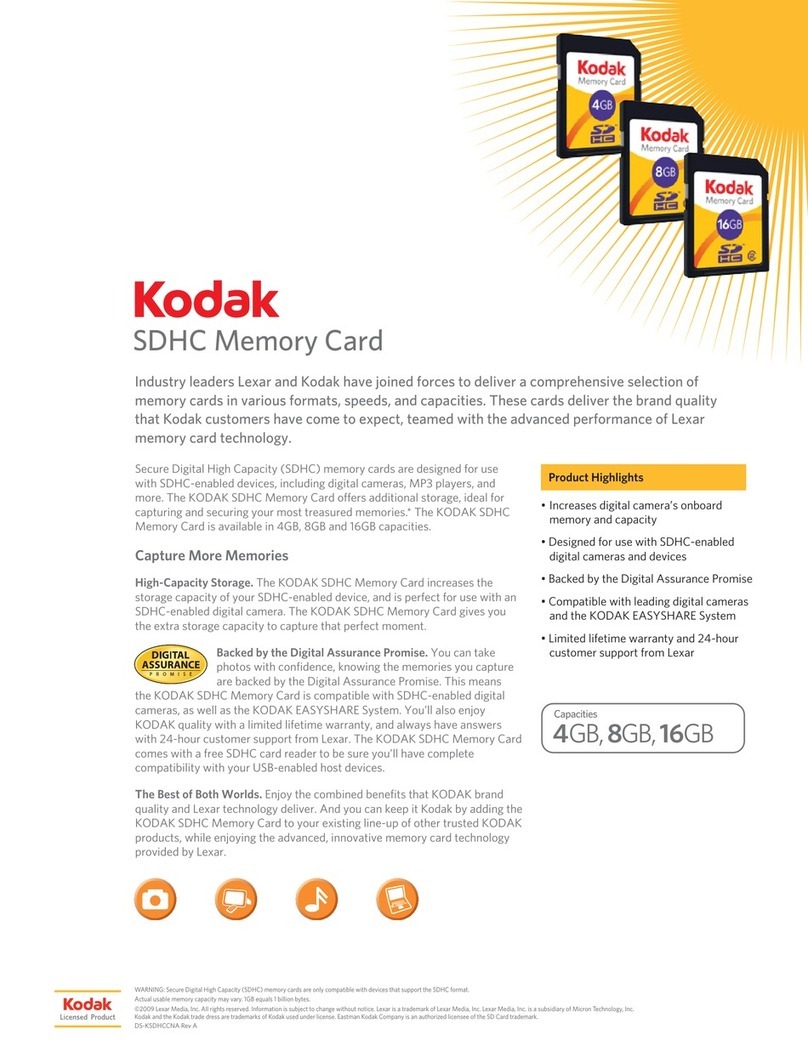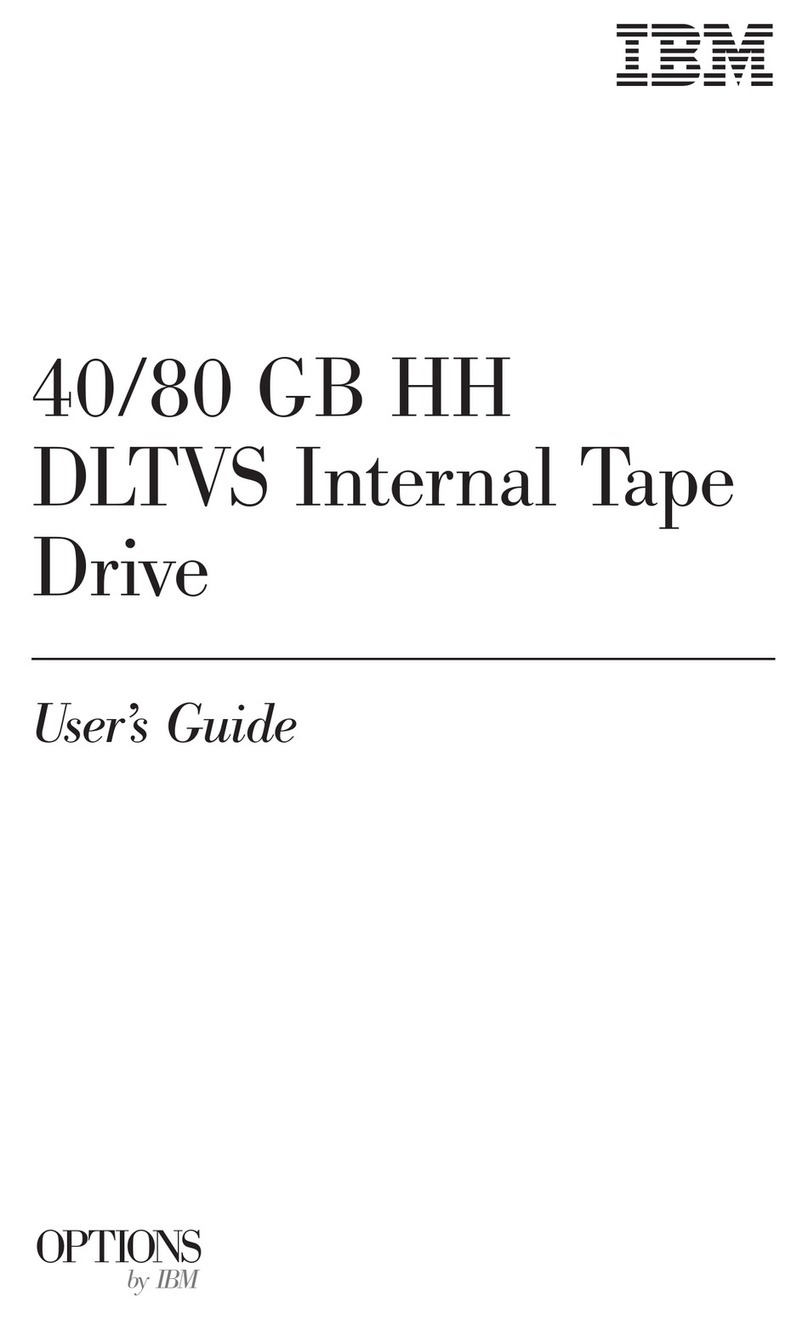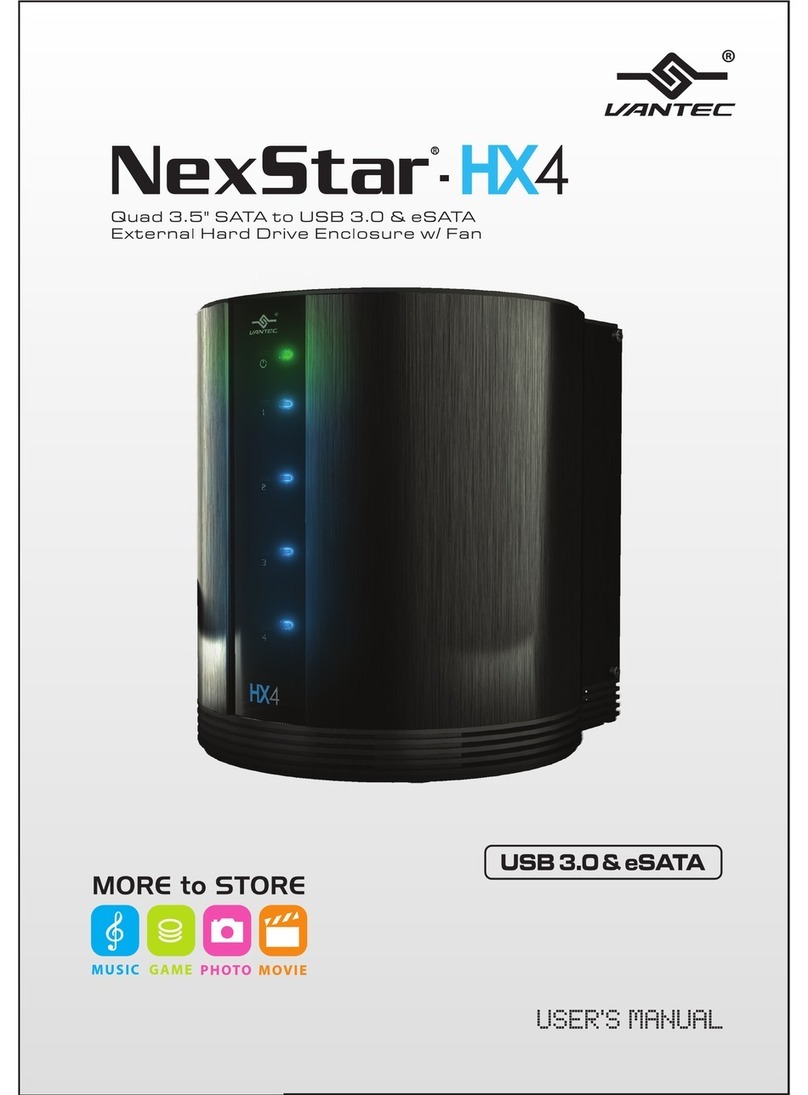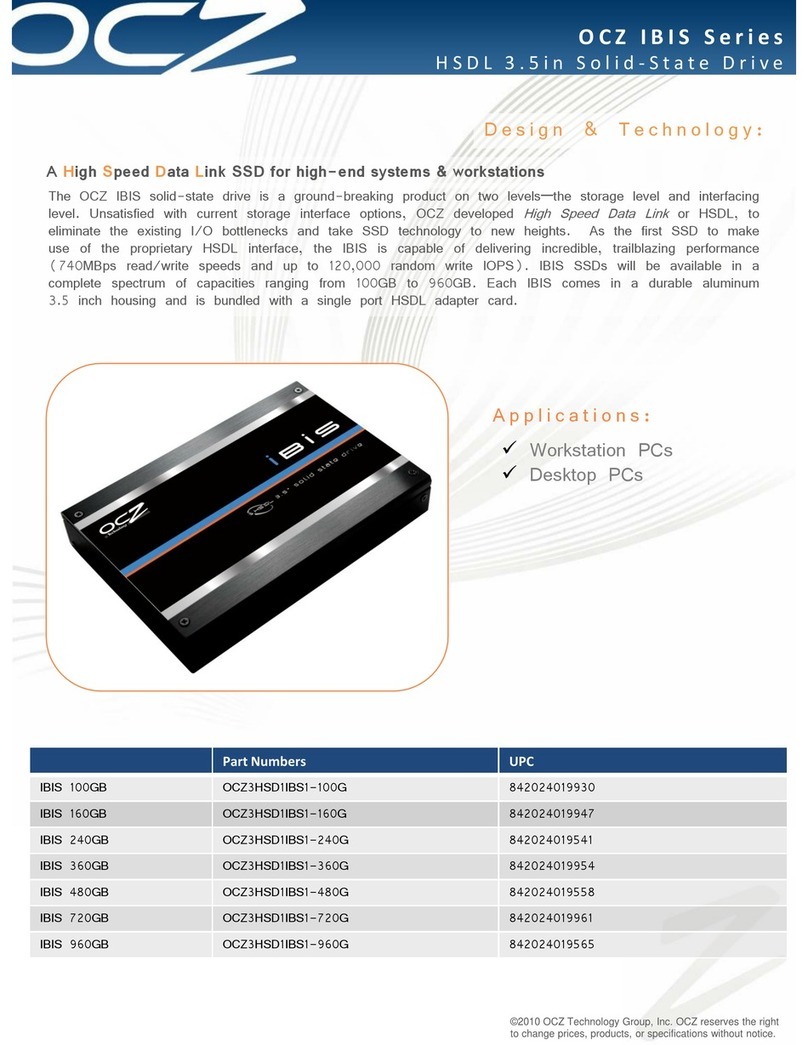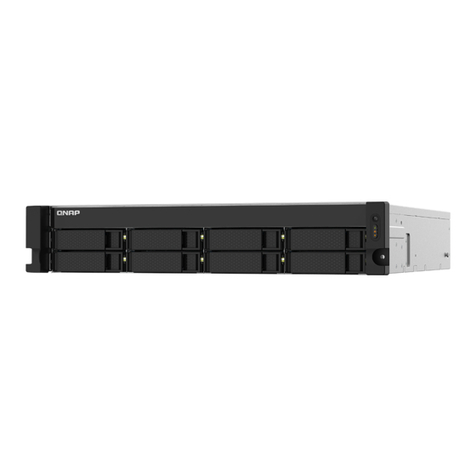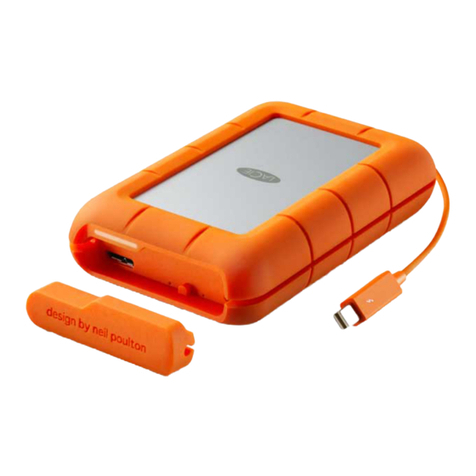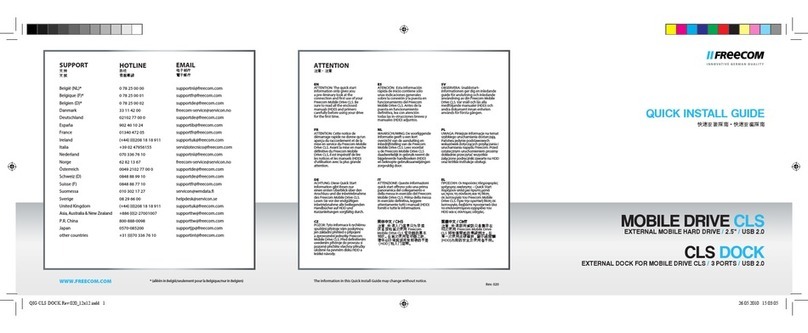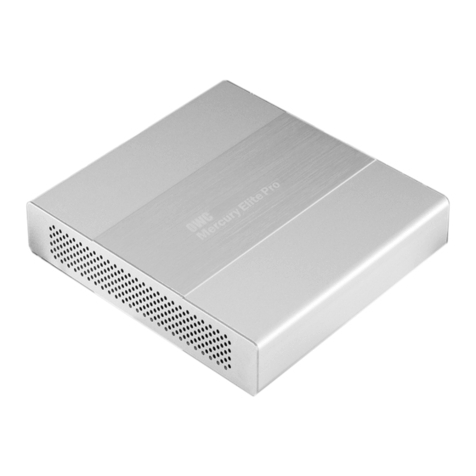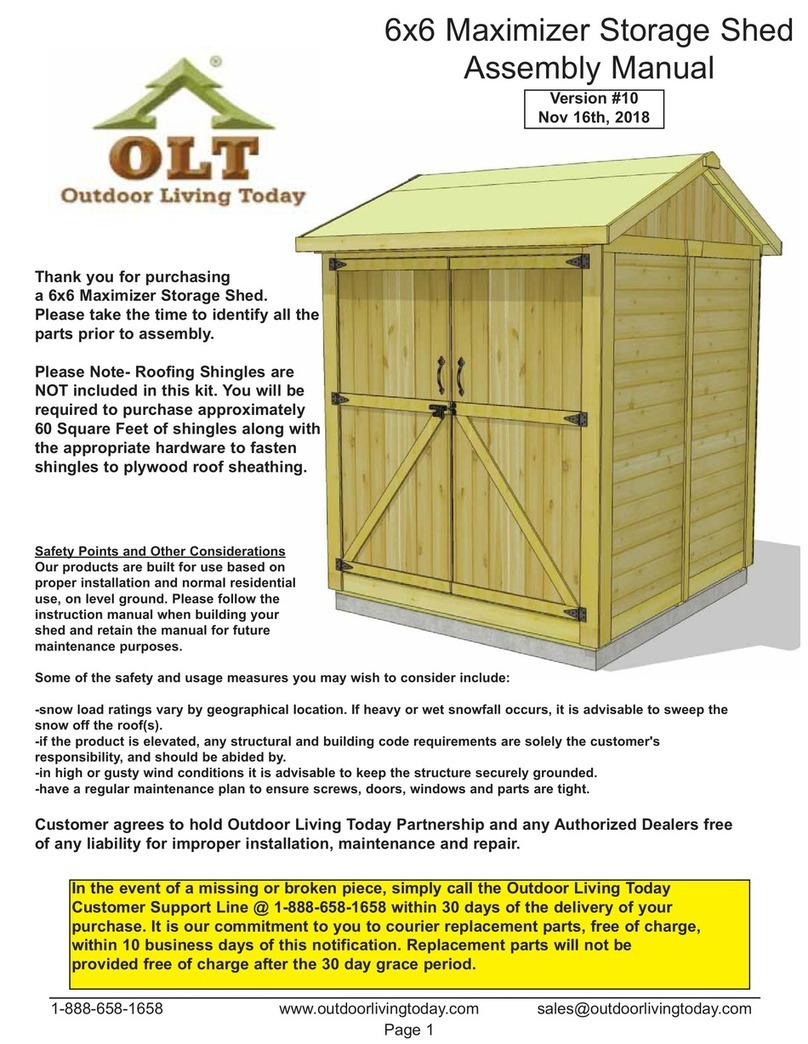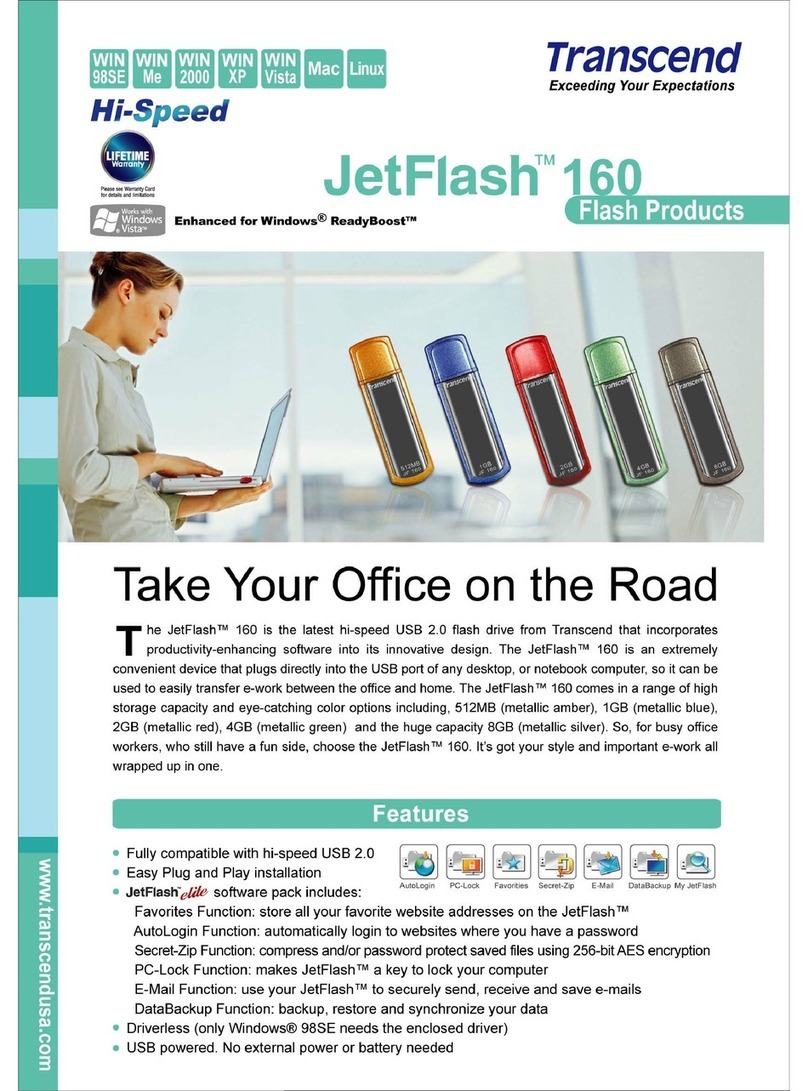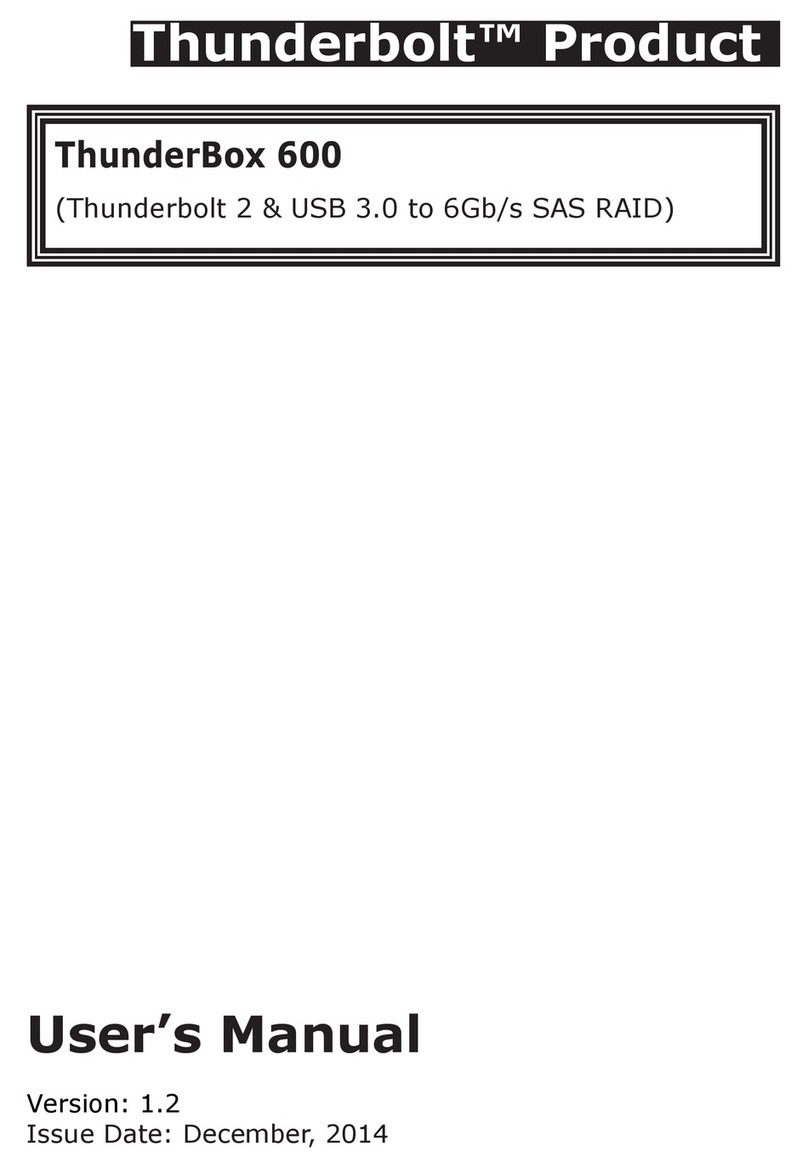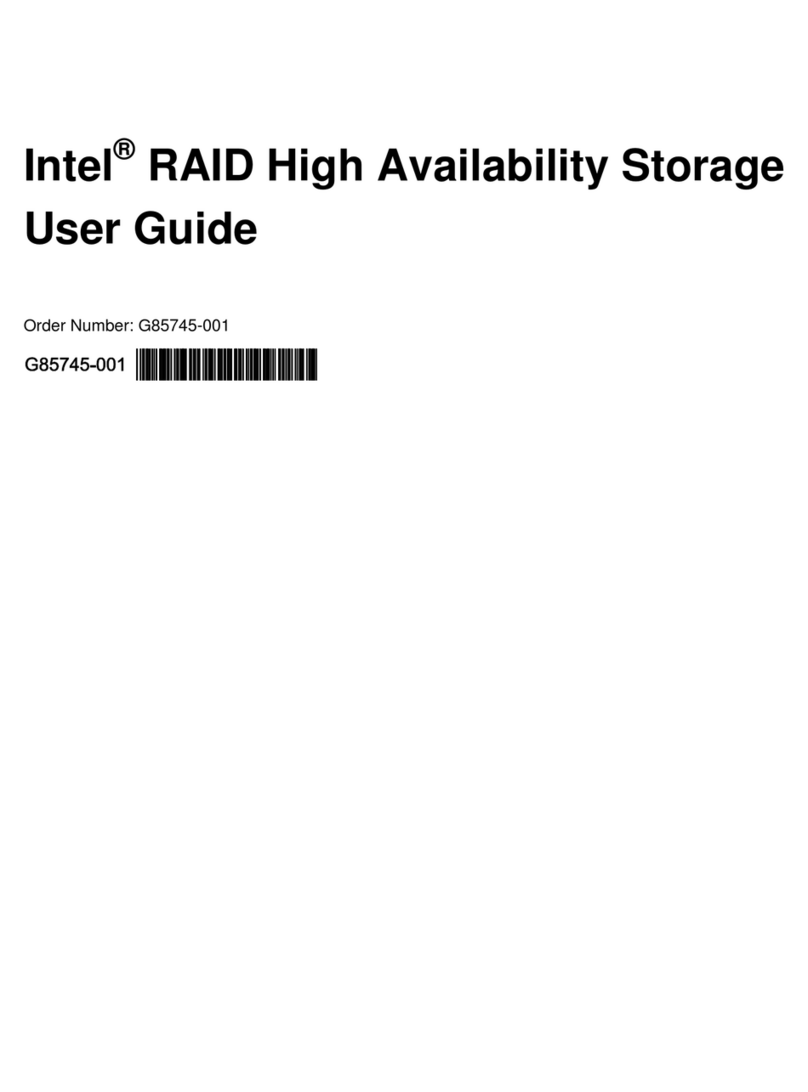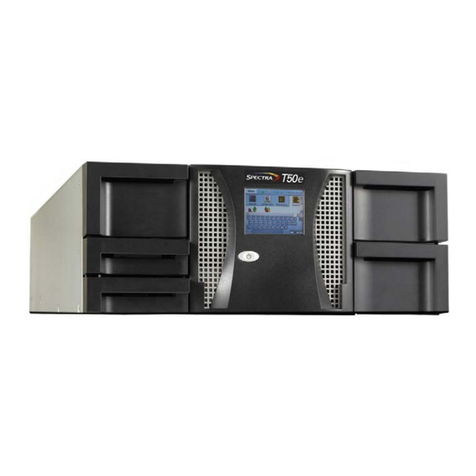
3. Safety
Any work on the Batteries should be handled by authorized technicians and hence it is understood that
the technicians should familiarize themselves with the contents of this manual before any maintenance or
installation is carried out on the system.
3.1 Handling
·Do not expose battery to open flame.
·Do not place the product under direct sunlight.
·Do not place the product near flammable materials. It may lead to fire or explosion in case of
accident.
·Store in a cool and dry place with ample ventilation.
·Do not store the product near water sources.
·Store the product on a flat surface.
·Store the product out of reach of children and animals.
·Do not damage the unit by dropping, deforming, impacting, cutting or penetrating with a sharp
object. It may cause leakage of electrolyte or fire.
·Do not touch any liquid spilled from the product. There is a risk of electric shock or damage to skin.
·Always handle the battery wearing the insulated gloves.
·Do not step on the product or place any foreign objects on it. This can result in damage.
·Do not charge or discharge damaged battery.
·Do not store the battery near water sources.
3.2 Installation
·Do not connect the FL5.2 to inverter conductors or Photo-Voltaic conductors. This will damage the
battery and may result in explosion.
·After unpacking, please check the product for damages and missing parts.
·Make sure that the inverter and battery is completely turned off before commencing installation.
·Do not interchange the positive and negative terminals of the battery.
·Ensure that there is no short circuit of the terminals or with any external device.
·Do not exceed the battery voltage rating of the inverter.
·Do not connect the battery to any incompatible inverter.
·Do not connect different battery types together.
·Please ensure that all the batteries are grounded properly.
·Do not open the battery to repair or disassemble. Only Kodak is allowed to carry out any such
repairs.
·In case of fire, use only dry powder fire extinguisher. Liquid extinguishers should not be used.
·Install the batteries only inside approved Kodak enclosure. Installing the battery anywhere outside
is strictly forbidden.
·Do not install the battery near water sources or places where the battery can get wet.
·Install the battery away from children or pets.
·Do not use battery in high static environment where the protection device might be damaged.
·Do not install with other batteries or cells.
3.3 Response to Emergency Situations
The battery can be used in single or multi machine in parallel. It is designed to prevent hazards or failures.
However, licensee or any of it’s partner cannot guarantee their absolute safety.
Under exposure to the internal materials of the battery the following recommendations should be carried
out by the user.
·If there has been inhalation, please leave the contaminated area immediately and seek medical
attention.
·If there has been contact with eyes, rinse the eyes with running water for 15 minutes and seek
medical attention immediately.
·If there has been contact with the skin, wash the contacted area with soap thoroughly and seek
medical attention immediately.
·If there has been ingestion, induce vomiting and seek medical attention.

